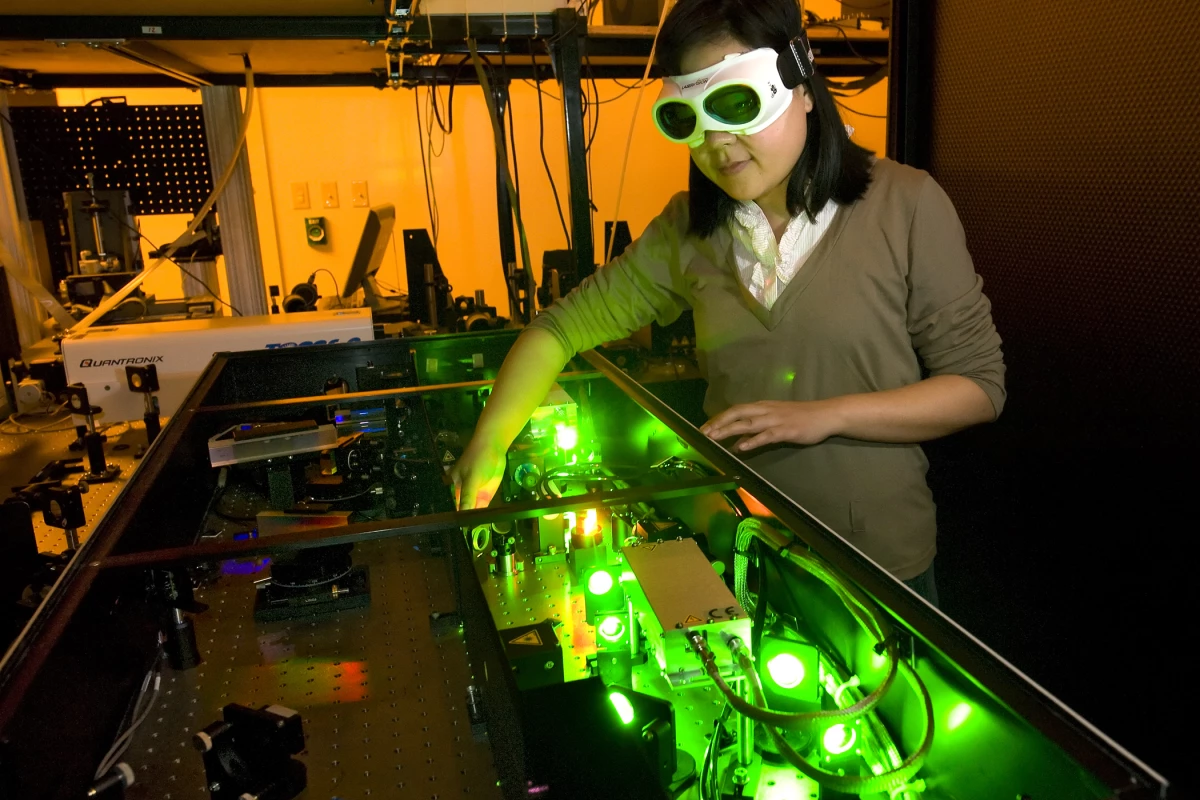The energy crisis has certainly catalyzed a great deal of thought about how we harvest all that energy we previously wasted. The petroleum-burning internal combustion engine has traditionally leaked energy from the exhaust system in the form of heat, but new ThermoElectric Generator (TEG) research at Purdue University aims to yield as much as a ten percent reduction in fuel consumption by converting heat from the exhaust into electricity. It is hoped that the thermoelectric research will eventually lead to other methods of turning waste heat into electricity in homes and power plants, new and more efficient solar cells and perhaps even a solid-state refrigerator.
The project begins on January 1 and will be led by Purdue professor of mechanical engineering and electrical and computer engineering Xianfan Xu, who has been collaborating with General Motors in the field of thermoelectric research for a decade.
The electricity generated by a TEG can be used to charge batteries and run the car's electrical systems, cutting-back the engine's workload and resulting in better fuel economy.
The initial aim is to reduce fuel consumption by five percent, with the hope that future developments which work at higher temperatures will yield more electricity and be capable of doubling the fuel savings to ten percent.
Thermoelectric generators create electricity directly from a temperature difference, though the limiting factor in car exhaust systems until now has been the extreme temperatures – from 700 to 1000 degrees Celsius. The focus will hence be to develop TEGs capable of working at such temperatures and to develop a range of specific TEGs that work at different temperatures to more efficiently extract energy at different points in the exhaust as the gases cool down during their journey.




